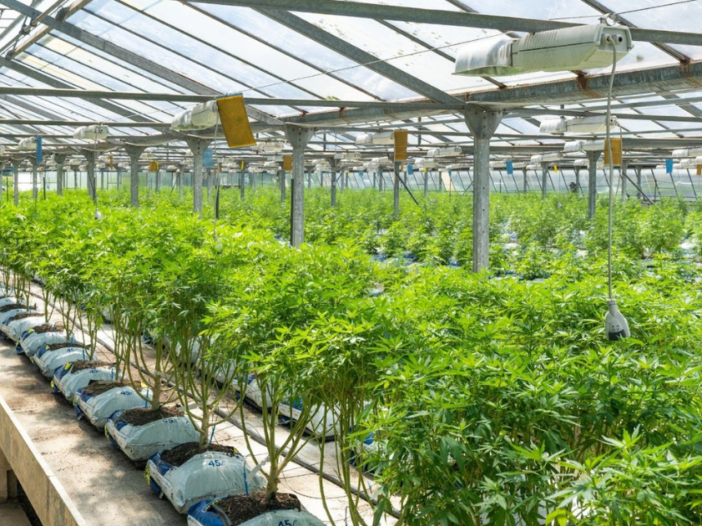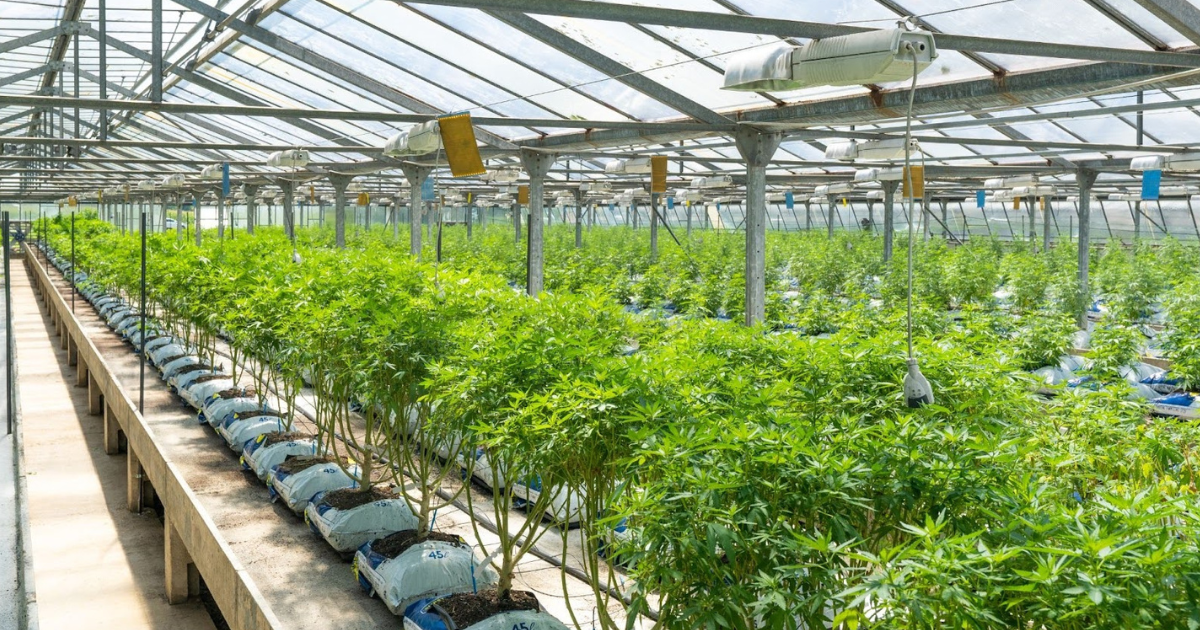
When done correctly, the light deprivation method of cultivation can be an effective strategy for growers looking to expedite growing time. A light deprivation cover is a type of plastic sheeting that blocks out light in predetermined increments. This is done in order to drive plants into flowering sooner, which then allows for year-round cultivation with multiple harvest periods.
5 Light Deprivation Tarp Mistakes
Like any great tool, proper application is a critical element for growing using the light dep method. There are a number of mistakes that newcomers may overlook without previous time or experience. We recommend avoiding the following light deprivation tarp mistakes for a successful growing season.
1. Lack of Sunlight Control
The purpose of light deprivation is to control the amount of natural light your plants are getting using planned exposure intervals. Even the smallest amount of sustained sunlight through your greenhouse has the potential to negatively impact your plants’ flowering and budding cycles.
This is easily the biggest challenge for light dep, which is why it takes the number one slot on our list of light deprivation tarp mistakes. When your light dep tarp doesn’t have enough carbon black, it can allow light to shine through. In addition, the thinner the plastic, the less effective it will be in blocking light.
2. Use of Perforated or Damaged Plastic Sheeting
Using a damaged tarp, one with perforations, or a tarp that is too short is a common mistake. A tarp with holes will let light through, impacting dark intervals and ultimately disrupts the growing process. Using a tarp that’s too short or too narrow for your greenhouse can lead to unwanted amounts of light making it through to your plants.
Damaged and perforated light deprivation plastic sheeting can wreak havoc on your goal of growing multiple harvests throughout the year.
Related Article: Does BOLD Outperform Panda Plastic Sheeting in a Light Deprivation Greenhouse?
3. Application of Low-Quality Tarps
Growers understand that cutting corners may have an adverse effect. The consequence of using lower-grade seeds or fertilizer may change or lengthen the growing process. Therefore, using high-quality or premium materials is the only choice for plants. The same principle can be applied to light deprivation tarps.
Budget or low-quality tarps simply don’t do the trick compared to using premium light dep plastic sheeting. Whether it’s degradation over time or lack of quality control, using plastic sheeting that is not fit for light deprivation growing will negatively impact your harvest.
4. Overexertion of Light Dep Tarp Material
Without proper maintenance, you might damage plastic sheeting through frequent use. For example, in automated processes like with electronic coverings, long-term wear and tear or overuse can be easily overlooked. Whether in automatic or manual deployment, ensure you check your light dep material often for the continued safety of your business.
Consider using products like the BOLD® light deprivation tarp that are constructed to last for years in indoor or outdoor applications.
Overall, it’s a good rule of thumb to replace plastic sheeting as it has reached the end of its lifespan.
Looking for a great automated greenhouse system? Visit our light deprivation greenhouse partner.
5. Not Using Something to Secure the Tarp
The last light deprivation tarp mistake to avoid is foregoing the use of fasteners. After all, deprivation cultivation relies on natural sunlight – meaning a greenhouse is likely exposed to the elements in some way, shape, or form.
Whether it’s wind, rain, or other severe weather, there are many external factors that can knock your light deprivation cover loose. Using 2×4’s to weigh down the sides can help to mitigate that issue and keep your plants happy, healthy, and high-yield.
Related Article: How to Install a Greenhouse Cover
Trusted by Builders, Growers, and Distributors
As an Americover customer, you will receive the personalized support of a dedicated account manager to simplify the ordering process and ensure the best solution for every one of your projects.
Our friendly, knowledgeable staff is here to answer your questions and fulfill orders Monday-Friday from 7 a.m. to 4:30 p.m. Pacific Standard Time. For more information or a free sample, call us at 760-388-6294 or visit our Contact Us page.

